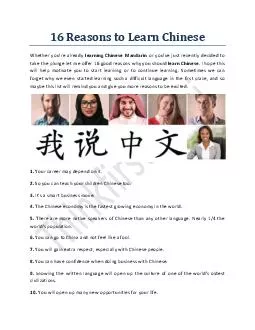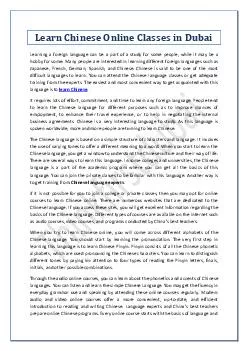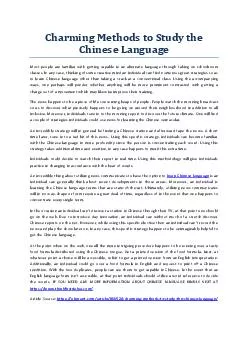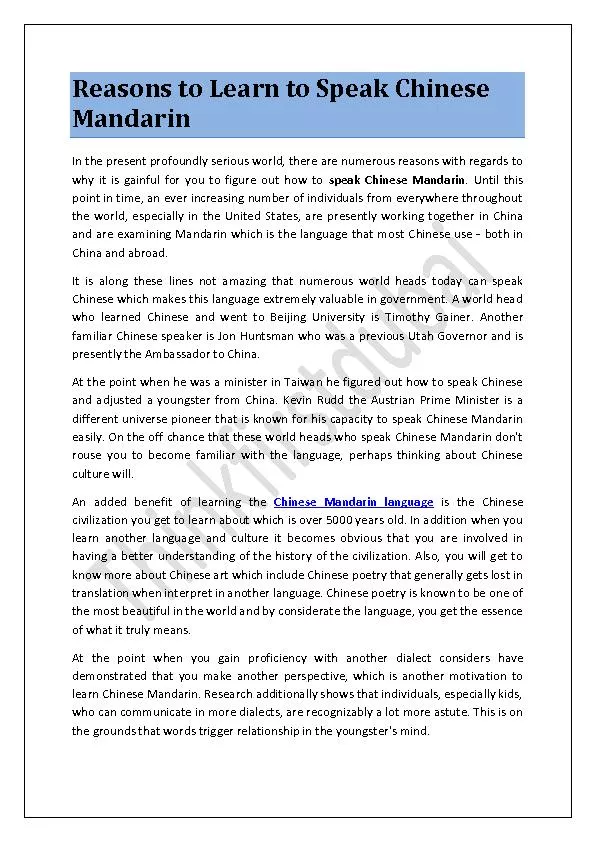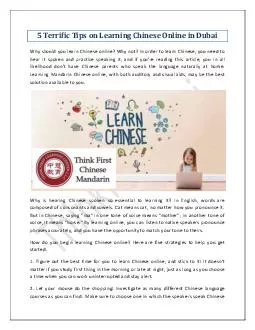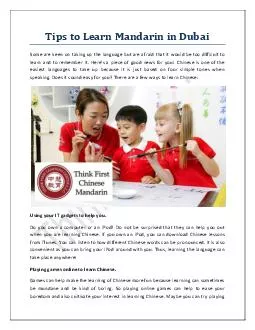PPT-Chapter 12 Reunification and Renaissance in Chinese Civilization:
Author : min-jolicoeur | Published Date : 2018-09-30
The Tang and Song Dynasties Connecting to Before Xia Shang Zhou Era of Warring States Qin Han Three Kingdoms Period Northern Qi Northern Zhou Chen Han has fallen
Presentation Embed Code
Download Presentation
Download Presentation The PPT/PDF document "Chapter 12 Reunification and Renaissance..." is the property of its rightful owner. Permission is granted to download and print the materials on this website for personal, non-commercial use only, and to display it on your personal computer provided you do not modify the materials and that you retain all copyright notices contained in the materials. By downloading content from our website, you accept the terms of this agreement.
Chapter 12 Reunification and Renaissance in Chinese Civilization:: Transcript
Download Rules Of Document
"Chapter 12 Reunification and Renaissance in Chinese Civilization:"The content belongs to its owner. You may download and print it for personal use, without modification, and keep all copyright notices. By downloading, you agree to these terms.
Related Documents

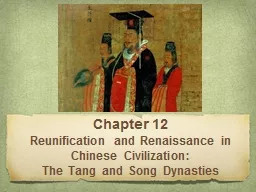

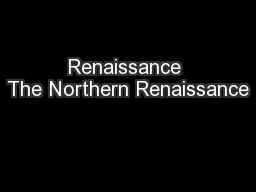

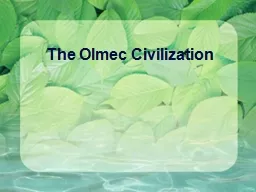
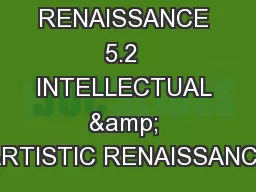
![Renaissance Italy http://www.kmkz.com/jonesj/gallery/renaissance italy[1].jpg](https://thumbs.docslides.com/717618/renaissance-italy-http-www-kmkz-com-jonesj-gallery-renaissance-italy-1-jpg.jpg)

